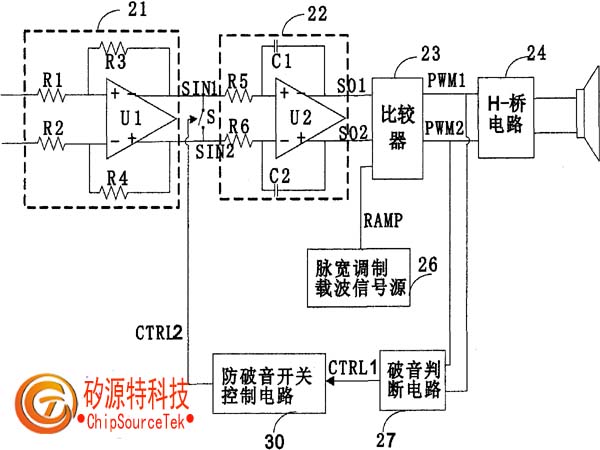On the Signal Input Mode of Power Amplifiers
Time:2023-09-01
Views:724
Regarding the selection of signal input mode for power amplifiers. In professional audio engineering, problems such as signal parallel connection and bridging are often encountered. Therefore, it is necessary to first have a clear understanding of the significance of selecting the corresponding mode. On the back panel of the power amplifier, there is usually a toggle or spring button switch with mode names marked in English next to the switch. The three modes are: STEREO (stereo, two in and two out), PARALLEL (parallel, one in and two out), and BRIDGE (bridge, one in and one out). Specifically, when there are a large number of speakers and the same audio signal needs to be used, PARALLEL mode may be used; When the speaker power is high and the single channel power of the power amplifier is low, BRIDGE mode may be used. When selecting the mode, it is recommended to repeatedly turn the toggle switch or press the spring button switch several times while the power amplifier is turned off to ensure the correct mode setting.
Another point to note is that in some projects, many power amplifiers are used, and the number of available output channels for audio processors is relatively small, or even there is no audio processor. This requires a high number of output interfaces for the mixer or audio source equipment, but in reality, the number of available output interfaces is very limited. There are two main solutions that many friends are accustomed to: 1. Using one to many signal lines to distribute the signal from one output interface to the input channels of multiple power amplifiers. 2. Input a signal or main signal to a power amplifier, and set each power amplifier to signal parallel mode (some power amplifiers have signal parallel output interfaces designed next to their signal input interfaces), Then, the signals are sequentially connected in parallel to the next device through hand in hand (as the audio signal parallel function of most power amplifiers is only mechanical line switching, and signal processing circuits are not designed, which is essentially the same principle as using the one to many method).
It is not unreasonable to adopt a one point multiple approach, which is a very practical and common practice in practical engineering applications. However, the problem is that it is not possible to divide as many as you want, as it involves factors related to the impedance matching between input and output of audio devices. Usually, one output terminal signal of an audio processor can divide up to three signals, This data is a reference value obtained based on the input and output impedance matching relationship of most audio devices, and is not an absolute value. It should be calculated based on the actual configuration.
Attachment: The simplified calculation formula for reference is: N=Zn/(10Zout)
N is the number of signals that can be divided;
Zin is the input impedance of the lower level audio equipment;
Zout is the output impedance of the audio device.
Example: If the output impedance of a certain device is 660 ohms and the input impedance of a lower level device is 20K ohms, then N=20000/(10 × 660)=3.03 ≈ 3, which means that one output interface of this audio device can split up to three identical audio signals into the input end of the lower level device.
When the number of signal output interfaces is insufficient, the best solution is to add a professional audio signal distributor to avoid issues such as input and output impedance mismatch and signal distortion of audio equipment.


|
Disclaimer: This article is transferred from other platforms and does not represent the views and positions of this site. If there is any infringement or objection, please contact us to delete it. thank you! |











